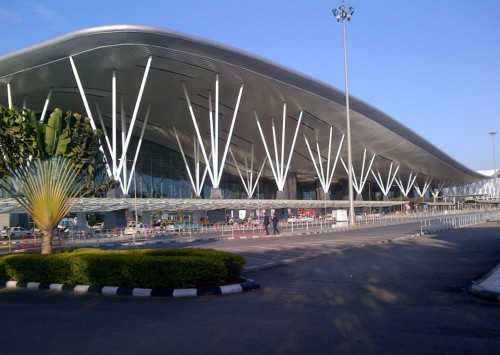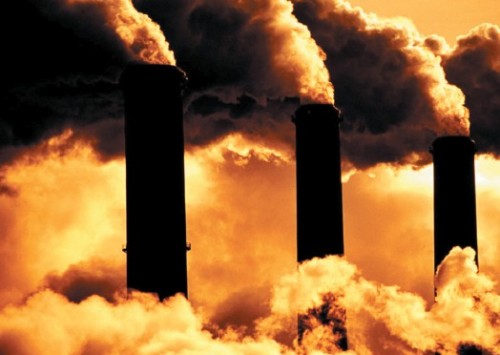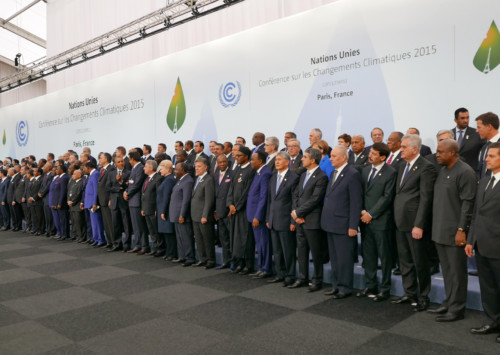India becomes home to world’s largest solar park

The park spans a large area, which according to the government had faced several decades of drought and crop failures
India is taking strides to switch to renewable energy across varied sectors. Amongst other green initiatives, the recently inaugurated ‘Shakti Sthala’ solar park in Karnataka’s Tumakuru district (south India), made the country home to the world’s largest solar park.
According to the International Energy Agency (IEA), India will be the fastest growing energy consumer and market by 2040, resulting in the need for increased use of renewable energy. The country has positioned itself distinctively with its target of achieving enough renewable energy projects over the next three years to surpass 200 gigawatts of green capacity.
One such project to advance towards this goal was recently inaugurated at Pavagada in Tumakuru district, Karnataka (south India) – a solar park worth INR 165 billion.
The 2,000 megawatts (MW) park, named Shakti Sthala (power spot) spans across 13,000 acres spread over five villages with the development of the project being anchored by Karnataka Solar Power Development Corporation Ltd (KSPDCL) – a joint venture between Karnataka Renewable Energy Development Ltd (KREDL) and Solar Energy Corporation of India (SECI).
Currently, India is largely dependent on fossil fuel imports to meet its energy demands, with about 70 pc of its electricity generation coming from burning them. Fuel imports are costing the country a huge amount in terms of its valuable foreign capital, which can be constrained if the needs are met by renewable energy.
With the new launch, Karnataka has emerged as the third largest producer of renewable energy in the nation and is further working to develop an energy surplus state.
Moreover, according to D K Shivakumar, state energy minister, the solar park will create employment along with green power and act as an incentive for natives and farmers to explore the opportunities for socio-economic growth in the region. “This project spanning five villages, looks at farmers as key partners, who are also beneficiaries of the project. We have set the goal to source at least 20 pc of people’s power requirements from renewable projects,” he says.
The project has been executed within a record time of two years, with zero land acquisition and thousands of farmers in Pavagada, who have leased out their land for the project are reaping benefits with INR 21,000 per acre being offered as rental, an amount which has the scope to grow by five pc every two years.
India is only second to China in its green energy targets and has had various initiatives across varied sectors, to realise its goals and gradually rise from its current base of 60 gigawatts.
However, while India will be aiding generation of solar power in countries like Africa, it can’t overlook its own issues. Due to the country’s varied climatic conditions, generating solar energy may prove to be a challenge on any given day when the weather is cloudy, rainy, or with little or no sunlight.













